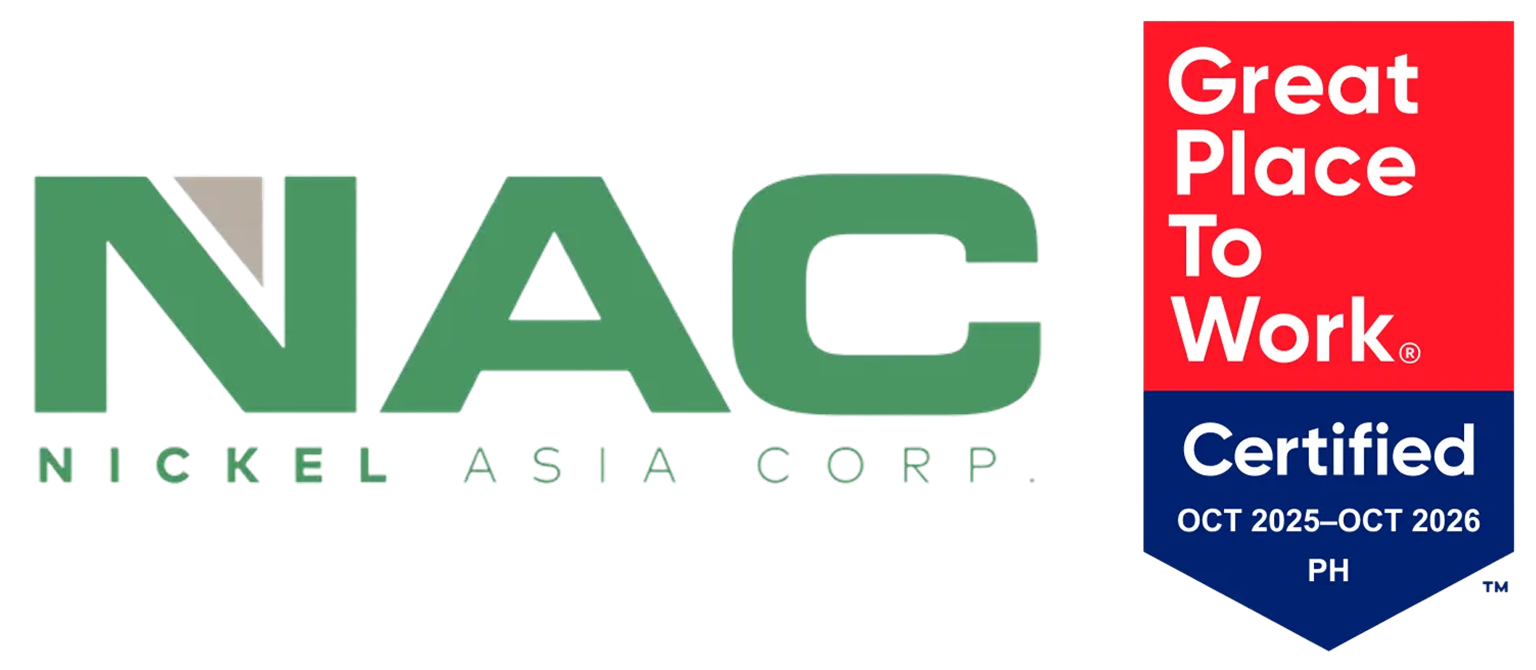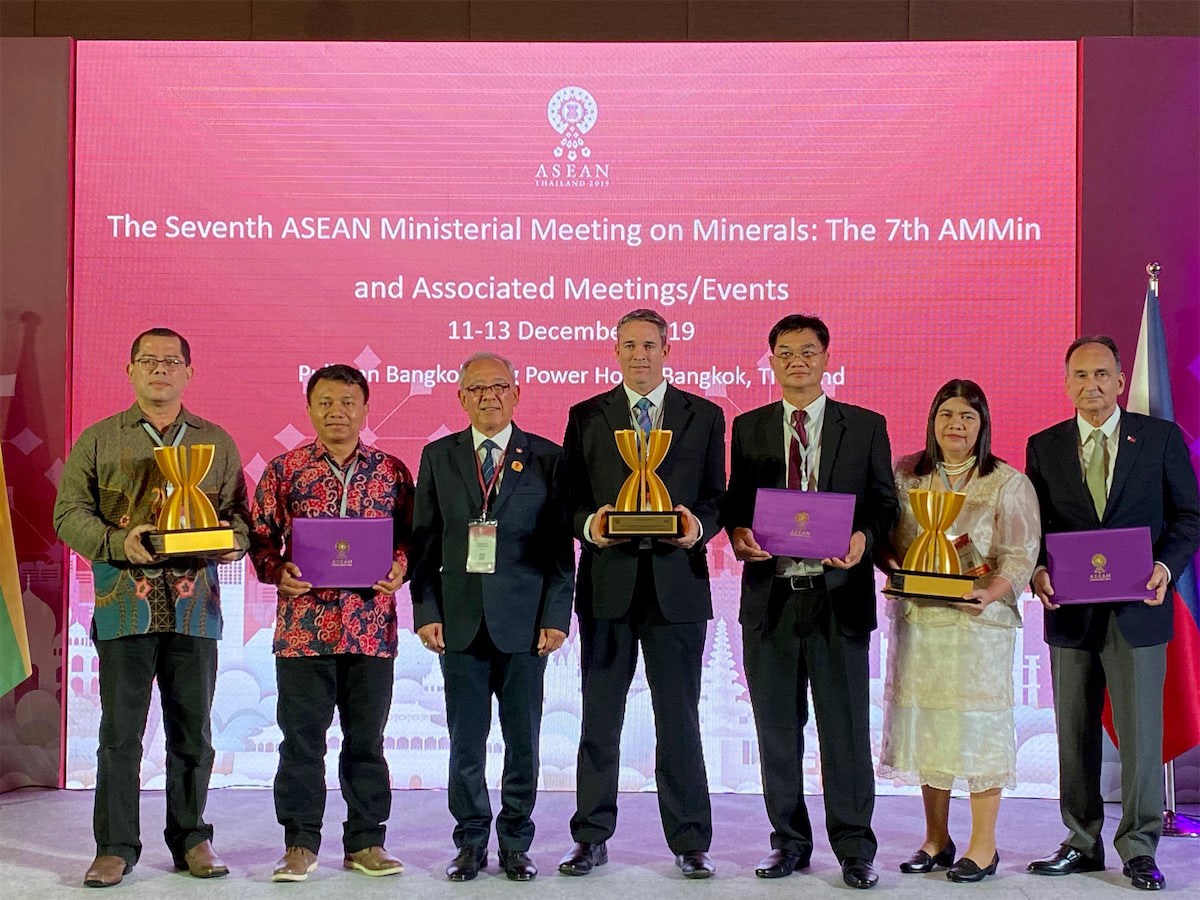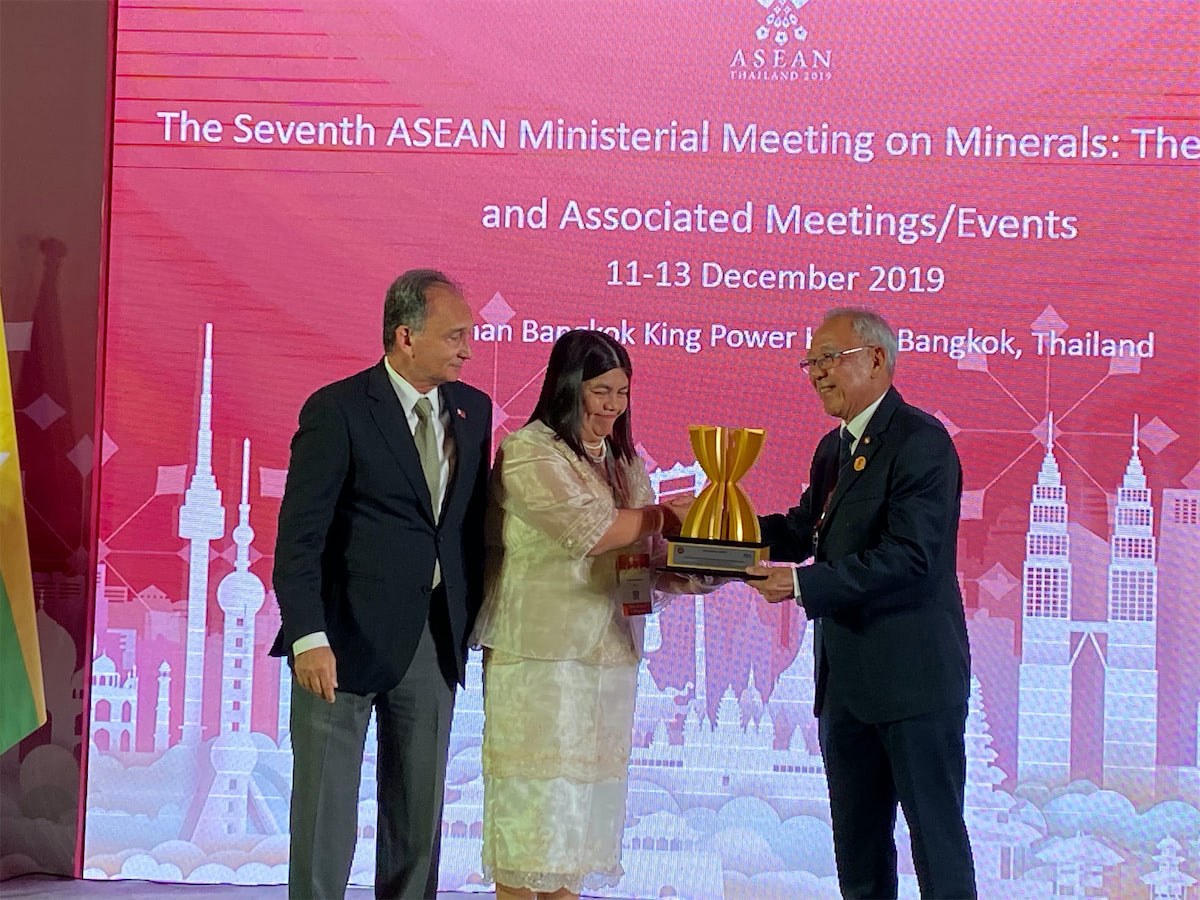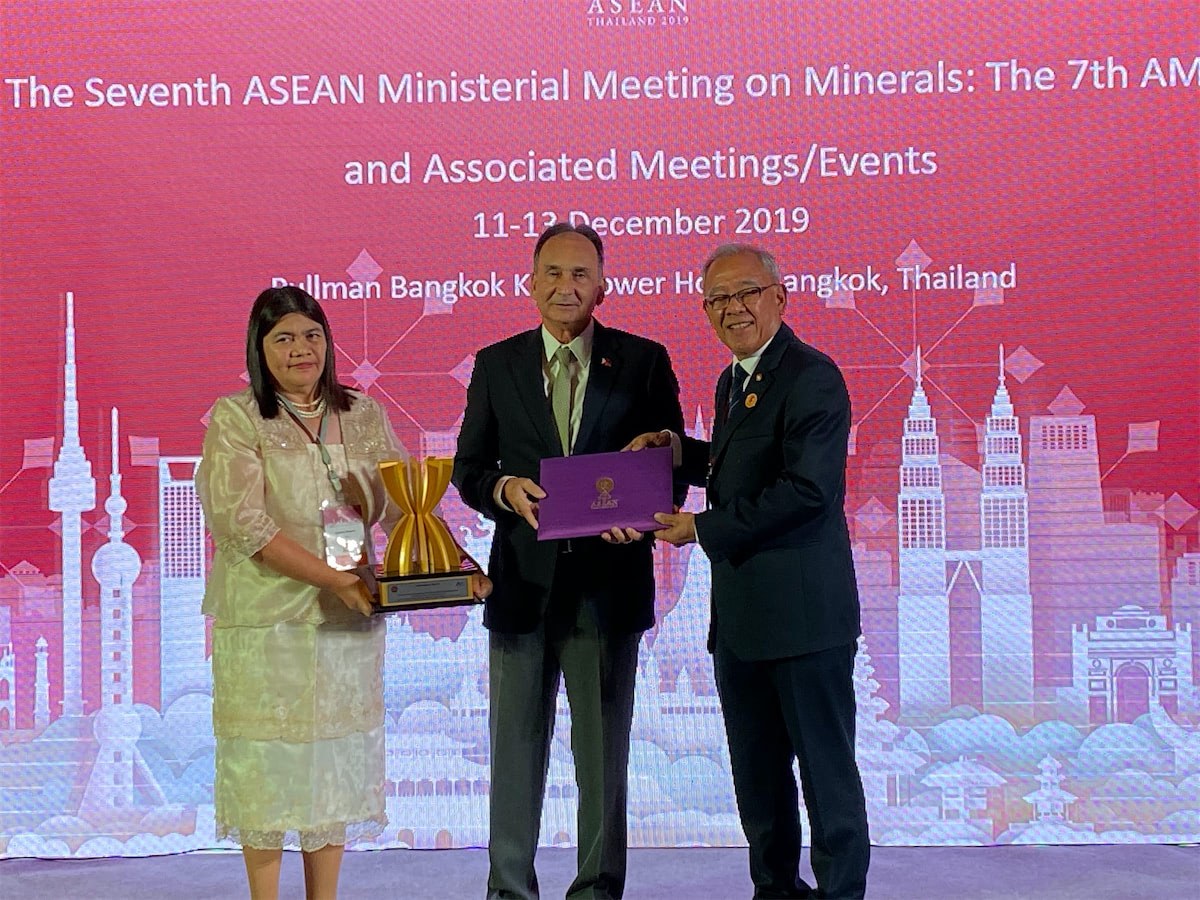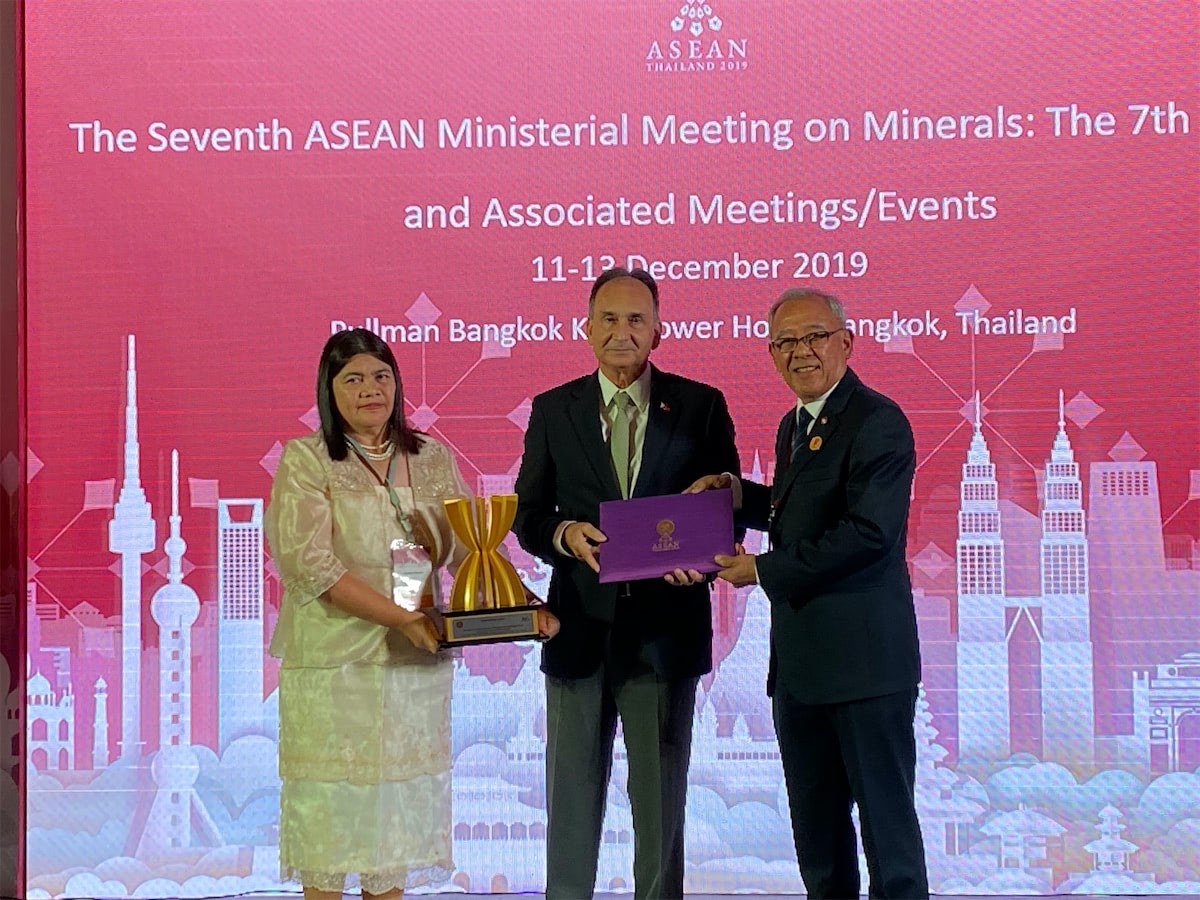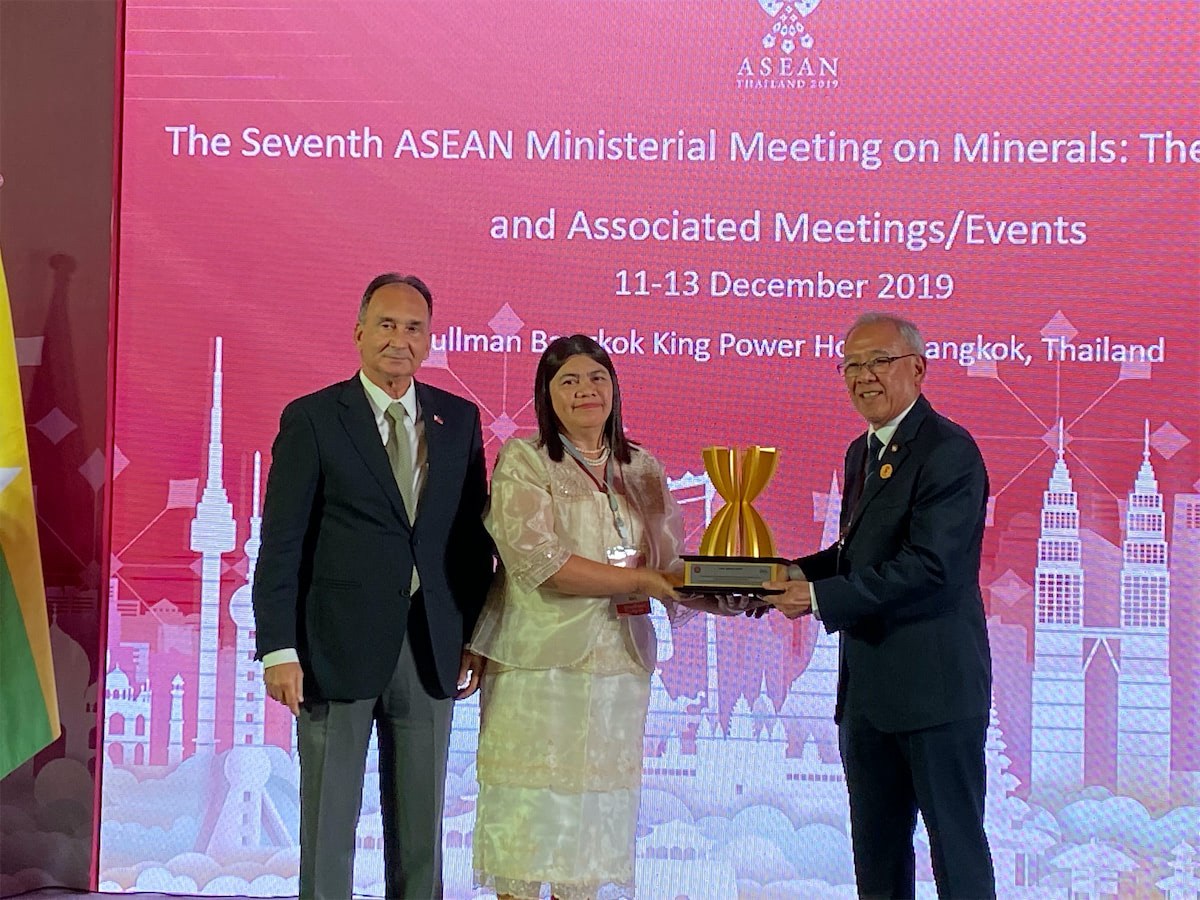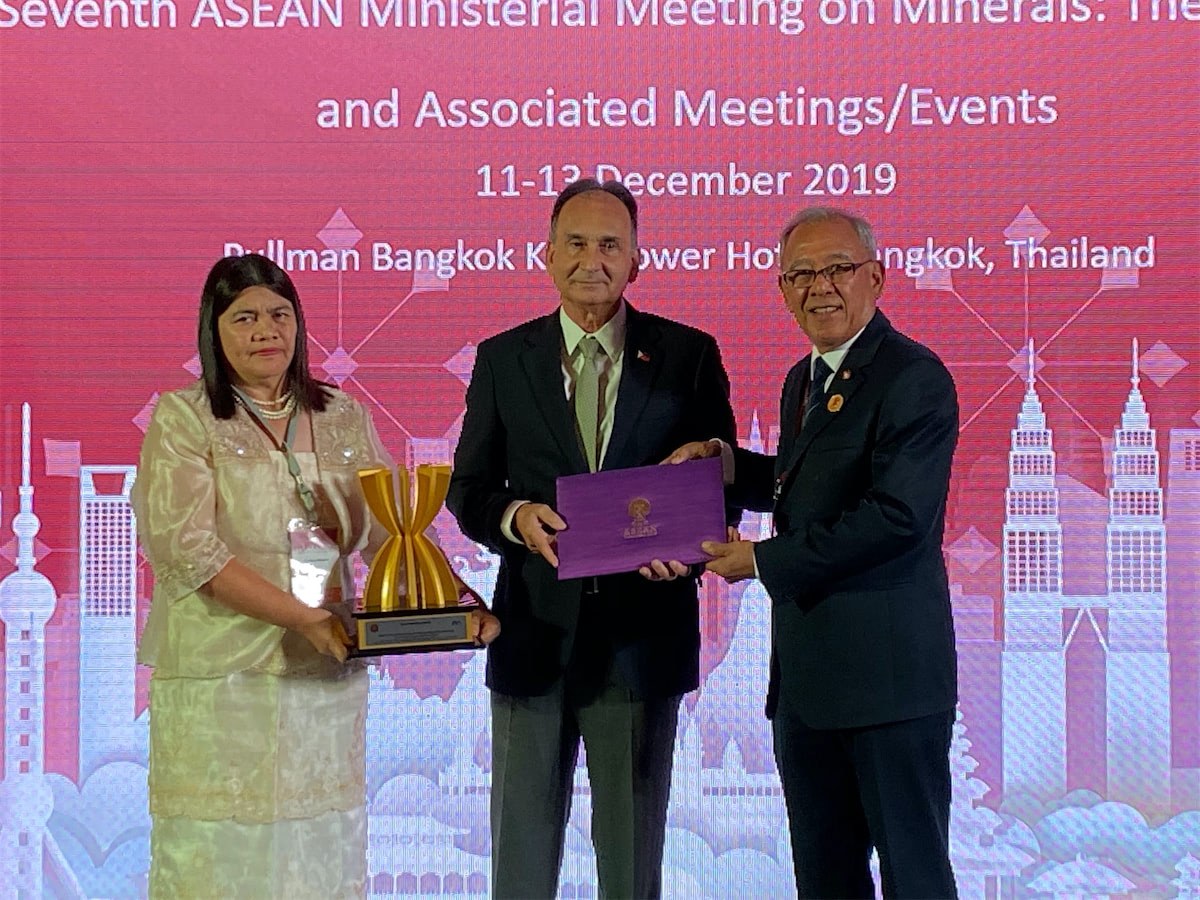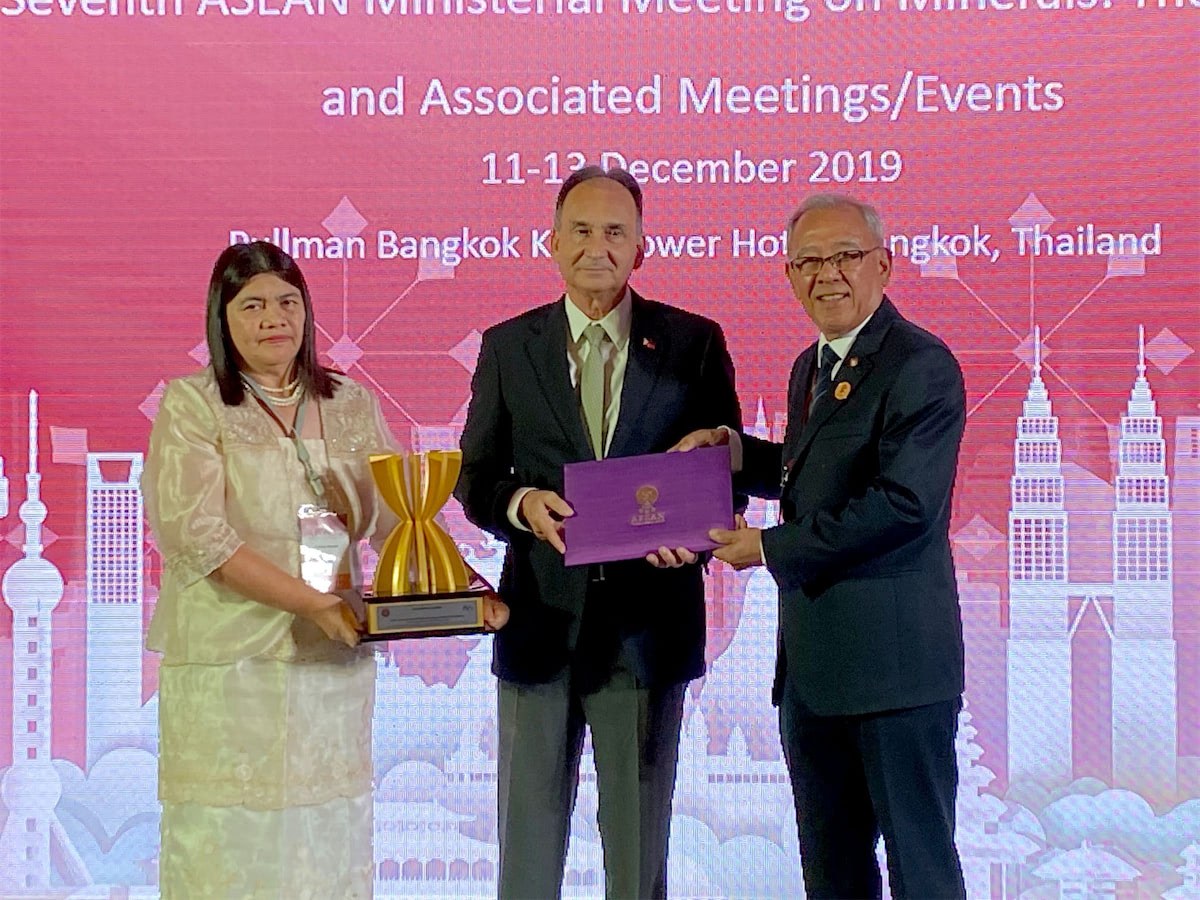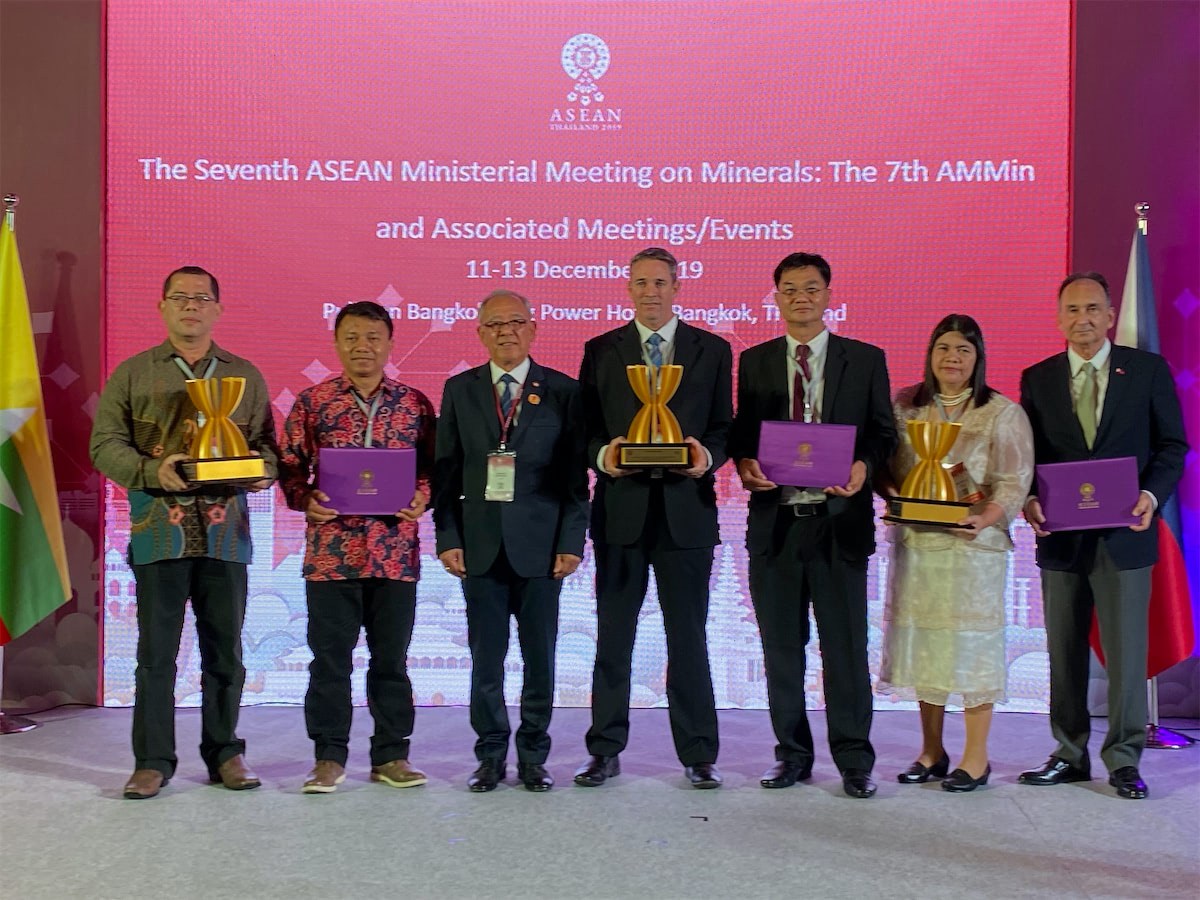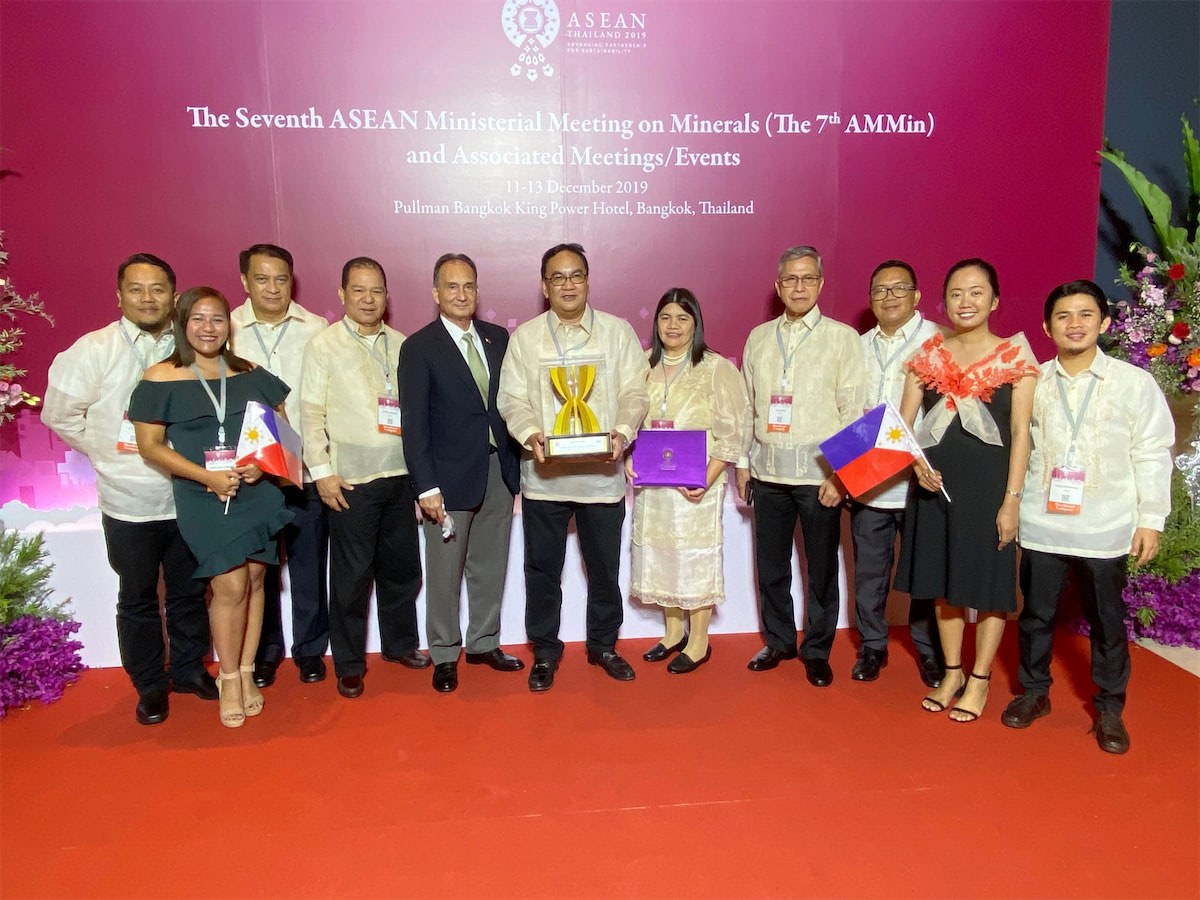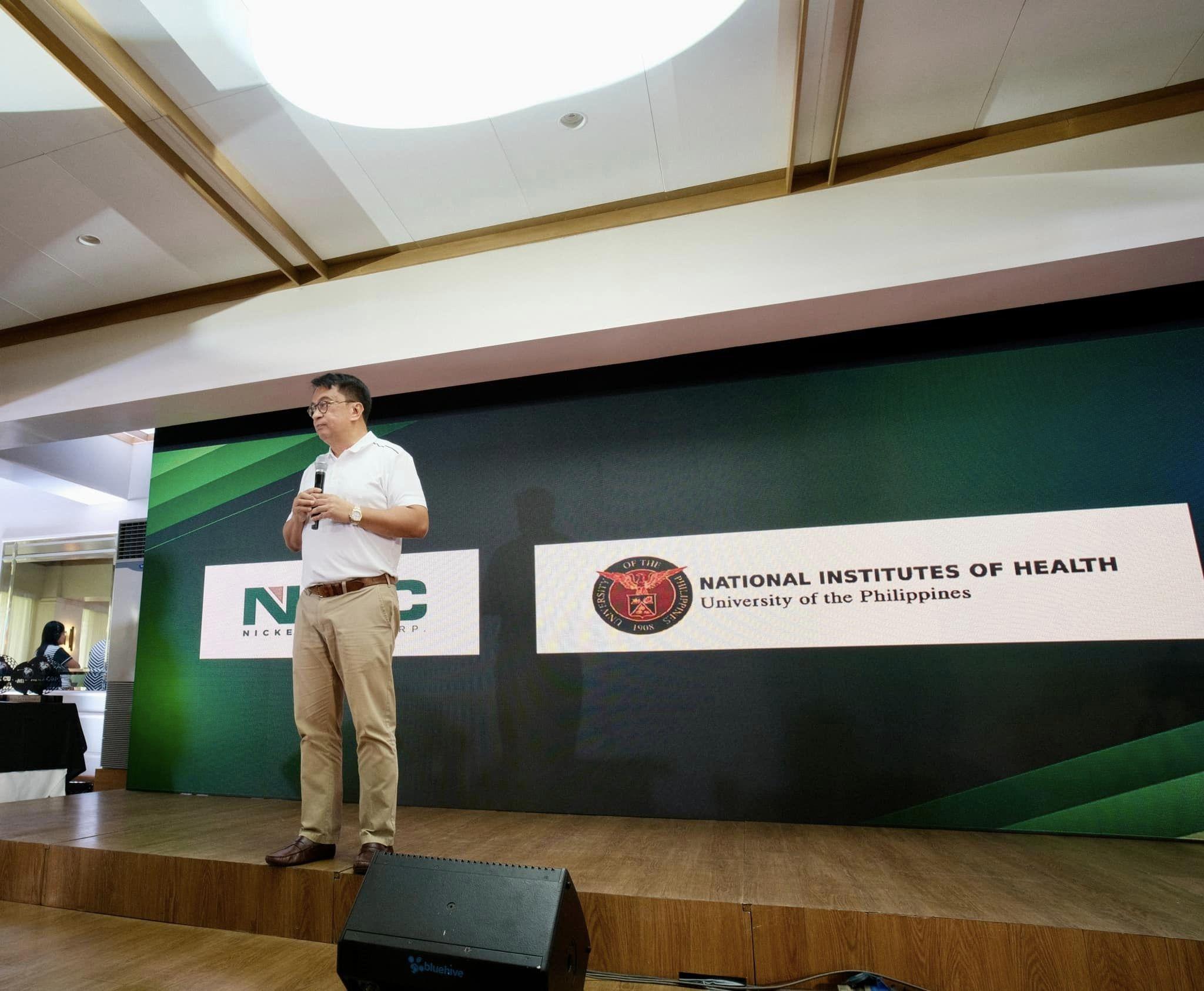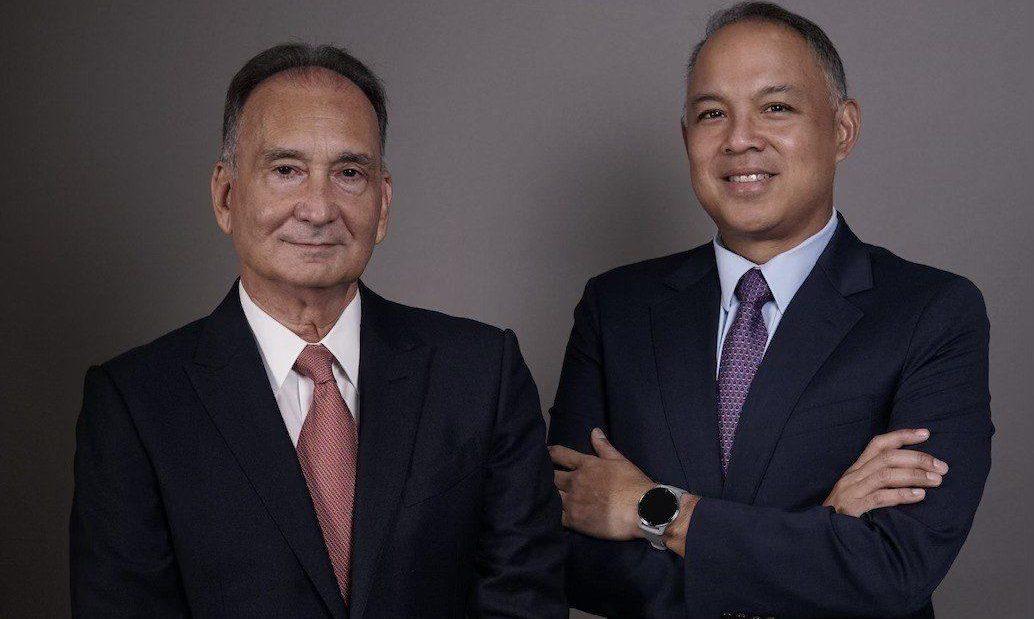ONCE again, Philippine mining operations romped away with awards at the Second ASEAN Mineral Awards (AMA), a project of the ASEAN Ministers of Mining that is given out every two years during the meeting of the ASEAN (Association of South East Asian Nations) ministers.
ONCE again, Philippine mining operations romped away with awards at the Second ASEAN Mineral Awards (AMA), a project of the ASEAN Ministers of Mining that is given out every two years during the meeting of the ASEAN (Association of South East Asian Nations) ministers.
Held in Bangkok last December 13, the awards were evenly spread among the ASEAN countries, with Coral Bay Nickel Corporation (CBNC), operating in Rio Tuba, Bataraza, Palawan, emerging with the highest Best Practices award for the Philippines in the Metallic Mineral Processing category.
For the category Metallic Mineral Mining, Rio Tuba Nickel Mining Corporation (RTNMC) bagged runner-up status to a gold operation in Laos.
Agata Mining Ventures also bagged the runner-up award in the Metallic Mineral Distribution category, while LaFarge Holcim bagged runner-up awards in the Non Metallic Mining and Non Metallic Mineral Processing categories.
Nickel Asia Corporation has equity interests in both CBNC and RTNMC.
Doing well at the AMA is becoming a tradition for Philippine operations.
During the First ASEAN Mineral Awards held in 2017 in Myanmar, RTNMC won the award for Best Practices in Mining while Oceanagold won the award for Best Practices in Mineral Processing, giving the Philippines two out of the three awards handed out.
Since then, the AMA has been expanded to six categories with non-metallic mining separated from the metallic mining categories.
NAC Chairman Gerard Brimo, who is also the Chairman of Chamber of Mines of the Philippines (COMP), said: “We are extremely pleased that again, Philippine minerals resource companies were recognized for best practices in the various categories.”
“We hope this recognition will demonstrate that we have world-class mineral operations in our country even as we in COMP strive to raise the bar by subscribing to new global mining standards of excellence, such as the Towards Sustainable Mining initiative,” he added.
At the same time, Brimo thanked Environment and Natural Resources Secretary Roy Cimatu and Mines and Geosciences director Wilfredo Moncano for “encouraging us to aspire to higher standards and better ways of doing things, which has undoubtedly raised the performance of the mineral resource development sector in our country.”
The recognition of the best practices in Philippine mining at the ASEAN level is clear recognition that in spite of all the controversies surrounding the industry in the Philippines, responsible operations not only exist (contrary to the most fervent critics) but are also at a standard that ranks among the best even beyond our shores.
It is also a recognition that the Philippine Mining Act passed more than 20 years ago – and made the basis for similar laws in ASEAN nations – remains a law that is relevant for its purposes.
Which is not to say that the mining industry in the Philippines is free from challenges: there needs to be political will in addressing issues emerging from practices in small scale mining that are outside the ambit of the Mining Act, for example.
But consecutive victories by local operations in the biennial AMA should serve as an encouragement to regulators to support the responsible operations that contribute not only to their immediate communities but to the national economy as well.
And, in this case, to national pride!
